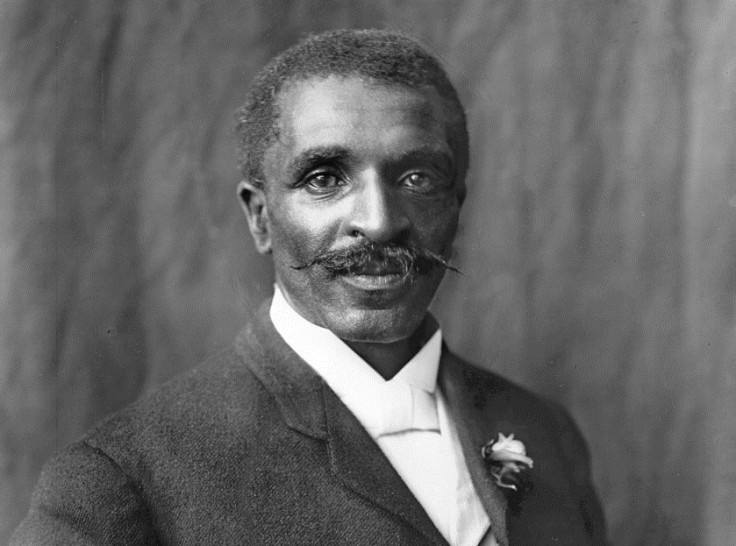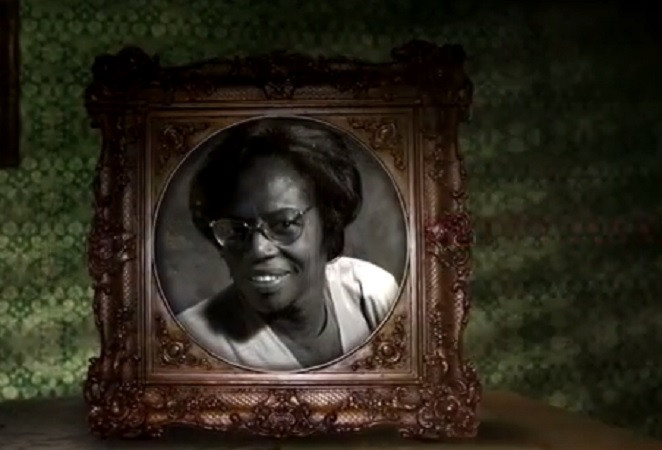Black History Month 2014: Five Black Chemists Who Changed the World Honoured
To mark the start of Black History Month, five black chemists have been honoured by the American Chemical Society.
The society released a commemorative video looking back at the careers of five scientists who changed the world.
They include Percy Julian, Mae Jemison, Patricia Bath, Betty Harris and George Washington Carver.
The video was produced in conjunction with the National Organisation for the Professional Advancement of Black Chemists and Chemical Engineers.
IBTimes UK looks at the careers of the five scientists honoured in the film.
George Washington Carver 1864 – 1943

George Washington Carver is believed to have been born a slave in Missouri in 1864. He went on to change the lives of many poor farmers through his research and inventions. In 1941, Time magazine dubbed him 'Black Leonardo'.
He and his brother were kidnapped as babies but were returned as orphans to their owners Moses and Susan Carver. Carver was frail and sickly, so spent most days helping Susan around the house, during which time she taught him to read and write.
He spent years travelling around the country attending different schools, eventually ending up at the State Agricultural College at Ames, Iowa, to study agriculture.
Carver pioneered the use of peanuts in agriculture and his methods became instrumental during the Great Depression, where his advice allowed for better food production.
Over the years, he managed to manufacture hundreds of products from peanuts, including cheese, soap and milk, while inventing around 100 products from sweet potatoes.
Percy Julian 1899 – 1975

Percy Lavon Julian was born in Alabama as the eldest of six children. His father, James Sumner Julian, was a slave and he grew up during the time of heightened racism in the US. Among his childhood memories was finding a man lynched while walking in some woods near his home.
Julian's parents steered all their children towards education and he eventually studied at DePauw University in Indiana, which accepted African American students. He earned an Austin Fellowship in Chemistry and went to Harvard University in 1923, but the institution worried that white students would dislike being taught by a black person, so withdrew his teaching assistantship meaning he could not complete his PhD.
He later received a Rockefeller Foundation fellowship and was able to obtain his PhD at the University of Vienna in 1931.
Julian became a research chemist and pioneered the chemical synthesis of medical drugs from plants, becoming the first to create the large-scale synthesis of hormones such as testosterone, steroids and progesterone.
He went on to start his own company, where he worked to reduce the cost of producing steroids, meaning more people could access them for medical problems. Julian was only the second African American to be inducted into the National Academy of Sciences and was one of the first to receive a doctorate in chemistry.
Betty Harris 1940 – Present

Betty Harris was born in Louisiana and she spent her childhood on a farm with 11 siblings. She was interested in Chemistry from a young age and studied at the Southern University and Atlanta University, which awarded her a BA and MA in science respectively.
Harris went on to earn her PhD from the University of New Mexico and she went on to teach chemistry and maths, before spending over 20 years at the Los Alamos National Laboratory, where she worked in the high explosives research and development department.
During her time at LANL, she worked in areas including hazardous waste treatment and environmental restoration facilities contaminated with energetic materials such as propellants, gun propellants, and explosives. She is now a noted expert in the chemistry of explosives.
Outside of the laboratory, Harris worked with the Girl Scouts to develop a chemistry badge similar to that given to the Boy Scouts.
Patricia Bath 1942 – Present

Patricia Bath was born in New York. Her father was an immigrant from Trinidad and both parents encouraged her academically. After graduating from high school early, she received a Bachelor of Arts in chemistry from New York's Hunter College in 1967.
After moving to Washington DC, she received a doctoral degree from Howard University College of Medicine. While interning at Harlem Hospital Centre, she realised that poor members of racial minority groups suffered disproportionality from blindness, and that their care was limited. She persuaded her professors at Columbia University to operate on blind patients and pioneered a volunteer-based outreach programme to help disadvantaged people.
Between 1970 and 1973 she served as a resident in ophthalmology at New York University, becoming the first black person to do so. She also became the first African American woman to serve as a surgeon at the UCLA Medical Centre and the first to receive a patent for a medical purpose – her Laserphaco Probe is used to treat cataracts.
As well as her medical achievements, she also founded the American Institute for the Prevention of Blindness
Mae Jemison 1956 - Present

Mae Carol Jemison was the first African American women to travel in space when she went on board the Space Shuttle Endeavour in 1992. She was born in Alabama to a maintenance supervisor father and a school teacher mother. She moved to Chicago when three years old and became increasingly interested in science throughout her earlier education. She graduated high school in 1973 at the age of 16 and went on to study at Stanford University.
Jemison said that throughout her university education, she experienced barriers because of her race and gender, with some professors pretending she was not there.
In 1981 she obtained a medical degree from Cornell Medical College and was hired by Nasa as an astronaut in 1987. She said her inspiration for joining was the African American actress Nichelle Nichols who played Uhura in Star Trek.
After leaving Nasa in 1993, she became a professor at Cornell University and was a professor of Environmental Studies at Dartmouth College. She later founded her own company, BioSentient, and is looking to develop a device that monitors the nervous system.
She also makes a number of public appearances and recently participated in a forum for promising female students with Michelle Obama.
© Copyright IBTimes 2025. All rights reserved.






















